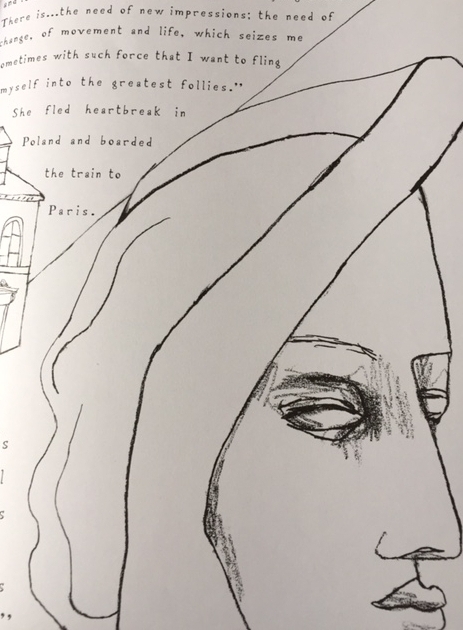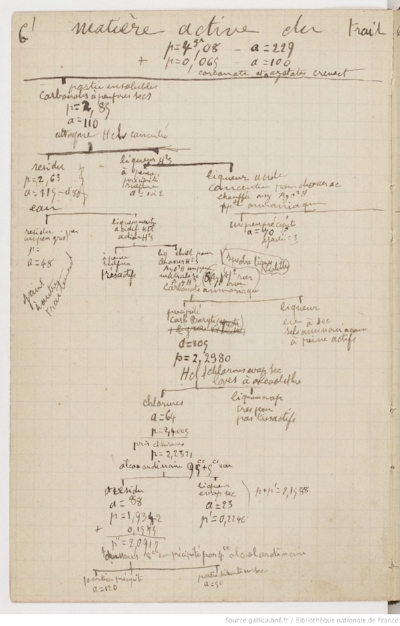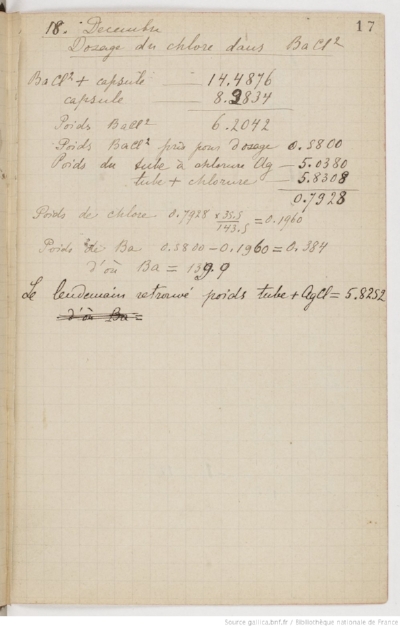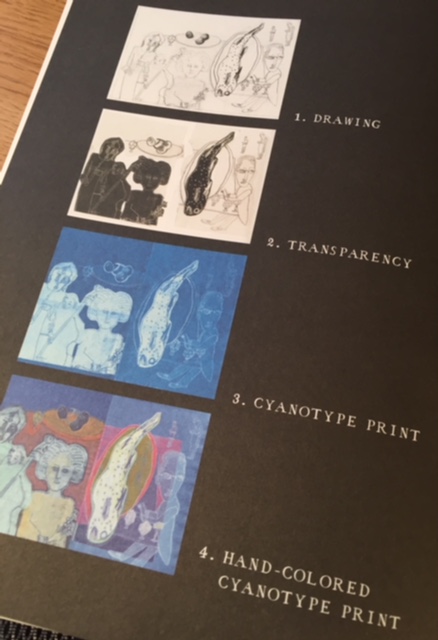Radioactive
The Illustrious Madame Curie
While lists of female scientists are indeed available to the curious, for the most part, recognition for their contributions—and even their names—are lost upon us. Works of art that commemorate the achievements of women help to make visible ideas as history.
Fortunately, Marie Curie's name is not one of those lost to history. In 1903, both she and her husband, Pierre, were awarded the Nobel Prize for their discovery of radium and polonium. This made her the first woman to win the award. In 1911, she was awarded a second Nobel Award for her work in radioactivity. This made her the first person to win the award in two different fields (chemistry and physics).
Author and illustrator Lauren Redniss captures the details of Marie Curie's personal and scientific life through illustration, primary sources, and narrative to create Radioactive: A Tale of Love and Fallout.
Visual Biography
Redniss' visual biography of Pierre and Marie Curie combines illustration with the usual narrative techniques of biography. While the illustrations give the book an air of being a children's picture book, the content makes it a much heftier tome.
In 2016, Redniss was awarded a MacArthur "Genius" Award for her work in forging new narratives of visual nonfiction.
Primary Sources
Redniss masterfully maneuvers between image and word by relying on archived material from the Curie papers (including Madame Curie's still radioactive diary via microfilm, her lectures, and dissertation) as well as secondary material.
Take, for example, Redniss' illustration of the Curies documenting their discoveries in the lab. Included above as reference are notebook pages from their Uranium III, 1898-99 journal, the year they discovered radium.
Message and Medium
Redniss chooses to use a process called cyanotype printing to create her illustrations. The blue hues and the illuminating effect resemble radium's own luminous emission of a faint cyan color. The role of photographic imaging in cyanotype printing and in the discovery of X-rays and radioactivity further adds to the connection.
Redniss includes "A Note on Cyanotype Printing" at the end of her book to highlight her choice of the method.
Legacy and Tragedy
Redniss extends the origin story of radium to contemporary issues. Interwoven throughout the book are vignettes of contemporary issues. It is here that the subtitle of the story A Tale of Love and Fallout especially rings true.
The Three Mile Island nuclear plant accident is just one of many fallout stories that follows the Curie tale. Pictured here is one mutant rose. Other stories include first-hand accounts from the US nuclear bombing of Hiroshima and the biological aftermath of the Chernobyl Nuclear Power Plant explosion.
Family Legacy
The Curies' legacy lived on in their work but also through their two daughters, Irène and Ève. Irène would eventually go on to receive a Nobel Prize in Chemistry (1935) for her work with her lab partner and husband, Frédéric Joliot-Curie. During World War I, Irène accompanied her mother to the mobile hospital units with portable X-ray machines. The machines helped doctors locate shrapnel in wounded soldiers. The Curies' younger daughter, Ève, became a journalist and served as a war correspondent during the second world war. She also served as a volunteer in the women's medical corps. She remained committed to international affairs with her husband, Henry Labouisse, Jr. Together, they accepted the Nobel Peace Prize (1965), which was awarded to UNICEF (Labouisse was Executive Director of the organization at the time).
Additional Resources
Pair Redniss' book with actual images of the Curies' notebooks held at the Bibliotheque Nationale de France.
*Illustrations © Lauren Redniss courtesy of HarperCollins Publishers; photographs by Iliana Gutierrez
*Frontispiece
Lauren Redniss' illustration for Radioactive: A Tale of Love and Fallout (2011). New York, NY: HarperCollins Publishers.














